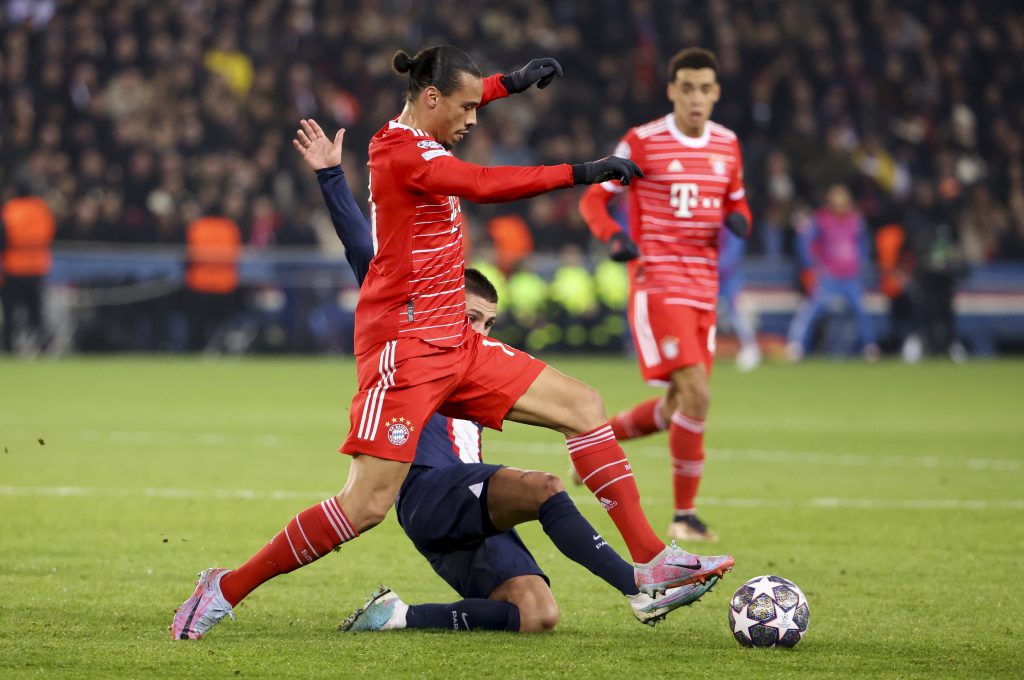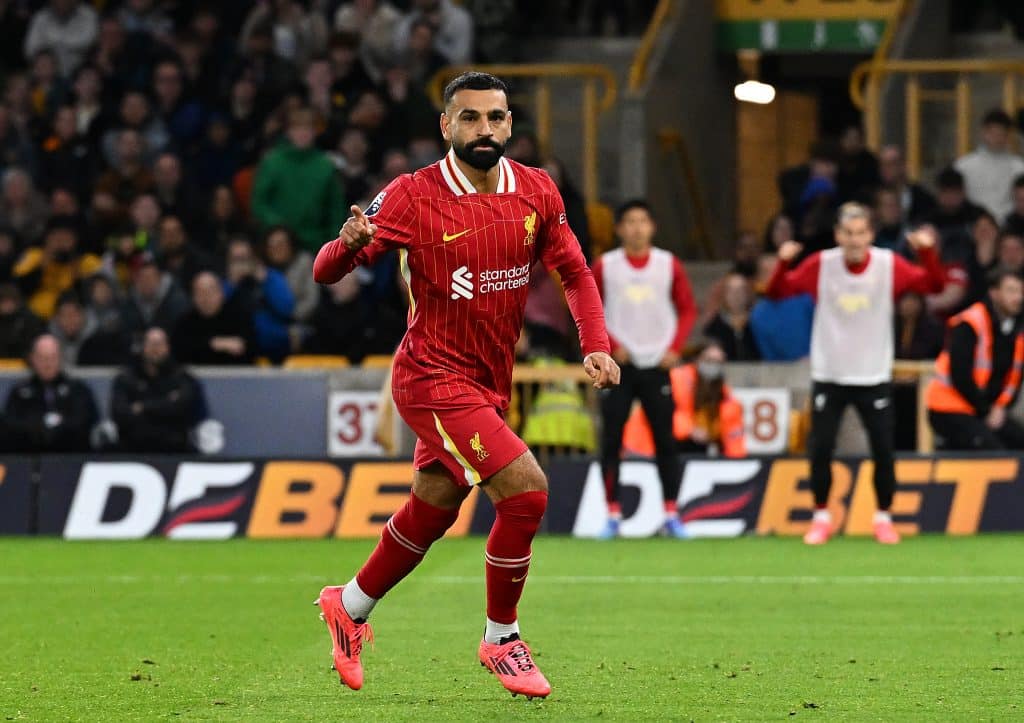Champions League Draw Analysis 2025/26: The Definitive Breakdown

The Champions League did its usual draw in Monaco on Thursday, but the script has changed. Once again, like last season there will be thirty-six clubs and just one league table. Eight unique opponents per team. Four at home, four away. No safety net of a gentle four-team group you can solve with two good weeks. The league-phase board is set and the calendar is locked: matchdays run from 16–18 September through 28 January, then come the playoff tie-breakers and the round of 16. The final is in Budapest on 30 May 2026 with an earlier 18:00 CET kick-off. That last detail matters for fan travel, broadcasters and the rhythm of the biggest night in club football.
UEFA’s draw engine still feels like an elegant puzzle. Two opponents from each pot. No domestic matchups. A hard cap of two clubs from the same association on any schedule. The result is a season where strength of schedule and travel logistics are not just footnotes. They really can decide seeding, playoff jeopardy, and who cruises into the last 16.
Champions League Draw – all there is to know
The league-phase ranking is unforgiving. Goal difference is the first tiebreaker, then goals scored, then away goals, then number of wins. In the old system, head to head could be a parachute. Not anymore. Run up the score when you can, because the table will remember in January.
The top eight finishers skip straight to the round of 16. Teams nine through twenty-four enter the playoff trapdoor, where seeding flips on tiny margins. Playoff roulette is rarely kind to tired squads in February.
The Contenders’ Champions League Paths
Real Madrid: the long road and the LONGEST flight
Real Madrid got heavyweight glamour and one brutal travel line. They host Manchester City, Juventus, Marseille and Monaco. They go away to Liverpool, Benfica, Olympiacos and Kairat Almaty. That last trip is the outlier. A winter flight deep into Central Asia, altitude around 700–900 meters, time zone change, and an opponent who is new to the league phase but not to playing as the underdog with nothing to lose. This is the definition of a fixture that can tax legs and depth charts. Also, Madrid’s league-phase calendar includes a Bernabéu night against City that has become an annual European holiday for neutrals.
Madrid’s attack is evolved around Kylian Mbappé and Jude Bellingham, but the tactical hinge may be at right-back, where Trent Alexander-Arnold is now a Madridista. His return to Anfield is one of the league-phase theater pieces of the year.
YOU CANNOT SCRIPT THIS! 🤩
[Real Madrid] draw [Man City] and [Liverpool]. They meet again! The rematch we’ve all been waiting for is ON.
After that incredible tie last season, we get to do it all over again. The tension, the tactics, the drama. European nights were made for… pic.twitter.com/KHrksa7XzU— 365Scores (@365Scores) August 28, 2025
Manchester City: familiar nemeses, unfamiliar latitudes
City’s slate is a mix of recurring bosses and environmental tests. Home to Dortmund, Leverkusen, Napoli and Galatasaray. Away to Real Madrid, Villarreal, Monaco and Bodø/Glimt. The Bernabéu visit is self-explanatory. The Arctic Circle is not. Bodø’s Aspmyra has artificial turf, the wind comes off the Norwegian Sea, and the whole thing feels like playing a cup tie on a runway. Pep Guardiola has navigated plenty of novelty, but the acceleration of the ball on that surface changes build-up patterns and pressing triggers.
✈️ Your 2025/26 Manchester City European Tour is officially confirmed! ✈️
— 365Scores (@365Scores) August 28, 2025
From the magic of Madrid to the majesty of Monaco. From the yellow wall of Dortmund to the volcanic atmosphere of Naples. From the Turkish roar of Istanbul to the Spanish grit of Villarreal. And even a… pic.twitter.com/fjyytCPejX
There is also an emotional subplot. Kevin De Bruyne left City for Napoli in June. City host Napoli at the Etihad, which means a reunion for one of the defining players of the Guardiola era.
Homecoming season in the UCL. Activated. 🔓
— 365Scores (@365Scores) August 28, 2025
Different colors,same ultimate goal. 🤷♂️ The past vs.the present. Legends vs. their legacies. Arnold.Enrique. De Bruyne. Mbappé. Pogba. 🏆✨ pic.twitter.com/JrpUp6cDT5
Paris Saint-Germain: champions with a gauntlet
PSG defend their first European crown and UEFA did not pull any punches. They host Bayern, Atalanta, Tottenham and Newcastle. They travel to Barcelona, Leverkusen, Sporting and Athletic. There are no free squares. The home Bayern game and the Camp Nou trip are the temperature checks on whether the treble winners’ control game can translate to the new season’s rhythm. PSG are deeper now in the second line and have speed shifters to get behind high back lines, but this is a schedule that will test rotation, especially around matchdays 3 to 6 when the run is relentless.
🔥 THE ULTIMATE EUROPEAN TEST IS SET. 🔥
— 365Scores (@365Scores) August 28, 2025
The league phase draw has spoken, and it’s delivered a monumental challenge. For Paris Saint-Germain
🇩🇪 Bayern Munich at the Parc. 🇪🇸 Barcelona at Camp Nou. 🏴 Newcastle away. 🇩🇪 Leverkusen away. Every single fixture is a headline act pic.twitter.com/lMTHEOyxQw
Bayern Munich: precision or peril
Bayern get Chelsea, Club Brugge, Sporting and Union SG at home, then travel to Paris, Arsenal, PSV and Pafos. That is a clever balance. Trips to Paris and North London are title-grade tests. Eindhoven’s pressing and rest-defense mechanics are good enough to force Bayern to play into carefully laid traps. Yet the Germany-to-Cyprus trip in January could complicate squad freshness for the final matchday. The upside: lots of their edge can be banking home points early.

Liverpool: all the old storylines return
Liverpool host Real Madrid and Atlético Madrid, plus PSV and Qarabağ, then travel to Inter, Frankfurt, Marseille and Galatasaray. The Anfield double bill with Madrid and Atleti centers the Slot era’s first continental statement. Liverpool’s away map is sneaky. Milan, Frankfurt, Marseille and Istanbul is a run of intense atmospheres. The Qarabağ home fixture removes a long-haul to Baku, which is a tiny scheduling win when margins get thin.

Arsenal: the grown-up test
Arsenal finally feel like a Champions League constant again. Their slate is worthy of that status under Mikel Arteta. They host Bayern and Atlético, along with Olympiacos and Kairat. They travel to Inter, Club Brugge, Slavia Praha and Athletic Club. Getting Kairat at home reduces travel strain. The rest asks for maturity. Inter’s mid-block and counterpress can suffocate slower build-up teams, and Arsenal at San Siro will be an examination of their press-resistance over 90 minutes. Bayern at the Emirates revives a long history of European collisions that used to feel doomed for Arsenal and now feels more even.
A clash of European titans at the Emirates!
— 365Scores (@365Scores) August 28, 2025
Arsenal welcome Bayern Munich in a blockbuster opening to their UCL league phase. With memories of past encounters still fresh, the Gunners will be looking to make a statement against the German giants. pic.twitter.com/BjhXWyAAep
Barcelona: the precise tightrope
Barcelona play Paris, Frankfurt, Olympiacos and Copenhagen at home. Away days are Chelsea, Club Brugge, Slavia and Newcastle. That is a schedule that invites control freak football. Copenhagen have a habit of denying tempo, Chelsea can turn any game into a transition sprint, and Newcastle’s collective intensity at St James’ Park is the kind of match where first contacts in midfield decide everything. If Barcelona are serious about being a top eight seed, they have to be efficient in London and on Tyneside.
Laporta wished for it… and now it’s happening. 💭🔥
— 365Scores (@365Scores) August 28, 2025
Barcelona vs PSG. Flick vs Enrique.
Two giants. Two philosophies. Two coaches who know what it means to chase perfection.
Last season, they were inches away from meeting in the final. This season, destiny brings them together… pic.twitter.com/EIRzeOKml9
Inter: the scalpel again
Inter host Liverpool, Arsenal, Slavia and Kairat, then travel to Dortmund, Atlético, Ajax and Union SG. Simone Inzaghi’s side are made for league-phase football. They are brilliantly boring when that is the optimum. They can survive waves, score on their second big chance, and render games into quiet. The trick is the away stack: Signal Iduna Park is a full-body test; the Metropolitano is conflict; Ajax in Amsterdam still carries a kind of European IQ that punishes sloppy spacing. Inter look like a top eight candidate if they come out of matchday four with noise still turned down.
Chelsea: big brands, big flights
Chelsea’s home nights are a throwback list: Barcelona, Benfica, Ajax and Pafos. They go away to Bayern, Atalanta, Napoli and Qarabağ. Munich and Naples will define the ceiling. Baku in December is the travel line everyone circles. This is a squad with young legs, which helps, but the question is composure. Under pressure in Bergamo or Naples, can they find a safe route out via the six and the fullback line without coughing transitions?

Tottenham Hotspur: Arctic audit
Spurs host Dortmund, Villarreal, Slavia and Copenhagen. They travel to Paris, Frankfurt, Bodø/Glimt and Monaco. The Bodø trip is a storyline in itself. Artificial turf at 67 degrees north. Tight stadium. Wind patterns that change crosses and high balls. Tottenham dealt with this in spring on their Europa League run and advanced, but that does not make it easy. Paris away will show if Spurs can handle being pushed deep and still carry a threat.
Newcastle United: no half-measures
Newcastle get Barcelona, Benfica, PSV and Athletic at home, then travel to Paris, Leverkusen, Marseille and Union SG. There is no gentle starter. The advantage is the order. If they stack home points early, Paris away becomes an opportunity rather than a must-have. Leverkusen away is a calibration of their defensive line. You cannot press Alonso’s structure sloppily. If Newcastle settle, they look like a Champions League playoff seed.
Bayer Leverkusen: calibrating chaos
Leverkusen host Paris, Villarreal, PSV and Newcastle. Away games are City, Benfica, Olympiacos and Copenhagen. Two away fixtures — Manchester and Lisbon — can distort any points model. The Alonso era thrives on numerical superiority in wide zones, but City are masters at removing the spare man. Leverkusen are still very live for a direct pass to the last 16. Their home slate is kind, if they finish.
The Debutants and the Champions League Geography
UEFA’s expansion continues to pull new places onto the map. Four clubs are making their first appearance in the modern league phase: Bodø/Glimt of Norway, Kairat Almaty of Kazakhstan, Pafos of Cyprus and Union Saint-Gilloise of Belgium. This is part of the point of the new format — a larger stage with different stories. For the giants, it adds genuine logistics. For neutrals, it creates television that looks and sounds different.
The details matter. Bodø sits just north of the Arctic Circle and plays on artificial turf. Kairat’s city sits at altitude and on UTC+6 with no daylight saving time. Qarabağ, not a debutant but a recurring presence, typically uses Baku’s big stadiums for UEFA nights, which can swell noise and occasion. These are not trivia entries. They are variables.
England’s Six and the Champions League Power Map
Six English clubs are in this Champions League for the first time. The extra European Performance Spot combined with Tottenham’s Europa League win opened the door. The Premier League’s depth is visible in the draw itself, where all six landed at least two fixtures that feel like genuine event television. The macro consequence is that seeding pressure increases on everyone else. There are simply more English teams capable of posting 16 to 18 league-phase points.
The Champions League Knife-Edge Clubs
Atlético Madrid
Home to Inter, Frankfurt, Bodø/Glimt and Union SG. Away to Liverpool, Arsenal, PSV and Galatasaray. That is a street fight of a schedule. Atlético are specialists at playing the game that is in front of them and denying you the game you want. If they manage four wins in the middle six fixtures, they avoid playoff risk. If they leave points in Eindhoven or Istanbul, they are in the 9–16 seed scramble.
Napoli
Home to Chelsea, Frankfurt, Sporting and Qarabağ. Away to City, Benfica, PSV and Copenhagen. There are no soft landings in those away four. De Bruyne’s presence gives them an extra gear in transition that could matter in Lisbon or Manchester. Napoli’s top-eight case probably requires 10 or 12 points at home.

Benfica
Champions League home nights against Madrid, Leverkusen, Napoli and Qarabağ are a perfect showcase for a team that is built to suffocate space between the lines. But they travel to Chelsea, Juventus, Ajax and Newcastle, which is a gauntlet of styles. If they carry six or seven points out of those four, they are ahead of the curve for a direct berth.
The Champions League Underdogs With Teeth
Bodø/Glimt
Home to City, Juventus, Tottenham and Monaco. Away to Dortmund, Atlético, Slavia and Galatasaray. Their home record in Europe has been formidable across multiple seasons. The stadium is small, the pitch artificial, and the rhythm different to most top-five-league sides. If they nick points in three of four Champions League home games, they can make 9–24.
Union Saint-Gilloise
Hosting Inter, Atalanta, Marseille and Newcastle, with away dates at Bayern, Atlético, PSV and Galatasaray. That is hard mode. But their compactness and set-piece detail make them an opponent you really do not want on a cold night with a heavy ball.
Qarabağ
Chelsea, Frankfurt, Ajax and Copenhagen visit Azerbaijan, and that travel always adds a degree of difficulty. If they make Baku count, they can turn this into a European spring of some kind.
Kairat Almaty
They get Madrid at home. Even if that night is more ceremonial than competitive, the real opportunity lies in Club Brugge and Pafos. Stealing four to six points there and keeping scorelines tight in their defeats can put a first league-phase run into respectable territory.
The Champions League Calendar and its Traps
The eight league-phase matchdays are spread in three bursts: mid September, late September to early October, a mid-autumn double, and a pre-Christmas pair, before the all-in January week. Clubs will plan to spike form twice rather than hold a flat line. Rotations must be timed around the tougher travel sets. The playoff draw is on 30 January, the knockout draw a month later. If you want March free of extra games, you must live in the top eight.
Early Champions League Predictions, With Eyes Wide Open
Direct to the Champions League round of 16: Real Madrid, Manchester City, PSG, Bayern, Arsenal, Inter, Barcelona, Liverpool. That is the chalk pick, and it still feels fragile. Swap two of those for Leverkusen and Atlético and no one really bats an eye.
The playoff pack: Chelsea, Tottenham, Benfica, Napoli, Newcastle, PSV, Atalanta, Sporting, Marseille, Frankfurt, Villarreal, Ajax, Athletic, Olympiacos, Union SG, Copenhagen. That is sixteen clubs with wildly different ceilings. The home sequencing will move three or four of them up or down.
On watch: Bodø/Glimt for the home-field edge; Qarabağ as a travel problem; Kairat and Pafos as more than postcards in January.
The Champions League Big Picture
The Champions League Swiss format is not for everyone, but it does what it promised. It distributes marquee games across two months, raises the value of every Saturday recovery session, and elevates details like surface, weather, and time zone. It creates a league table where aesthetic control meets the ruthless arithmetic of goal difference. The Champions League draw itself confirms it. There are very few easy weeks for anyone, and no one gets to hide. That is the point.
By Nicky Helfgott / @NickyHelfgott1 on Twitter (X)
Keep up with all the latest Champions League stats, where to watch & latest news on the 365Scores website and app!



